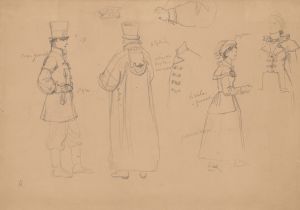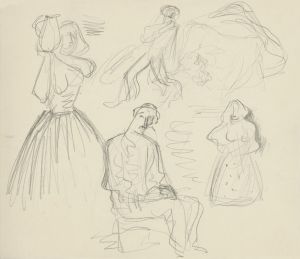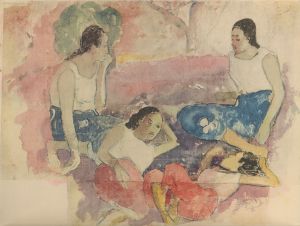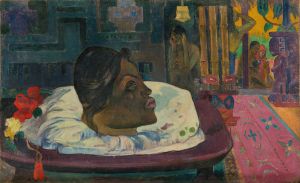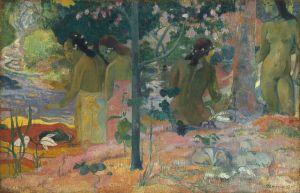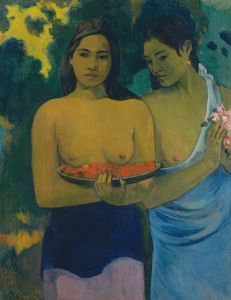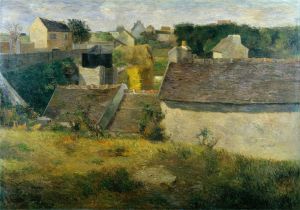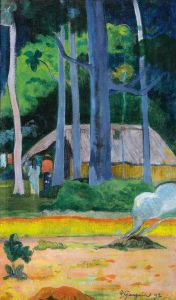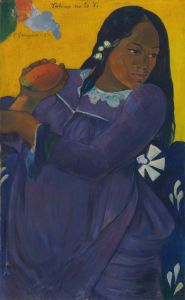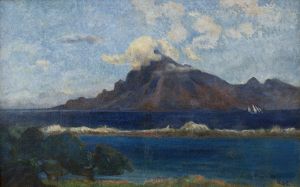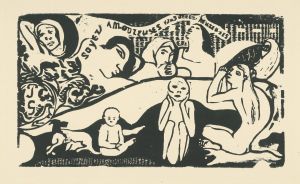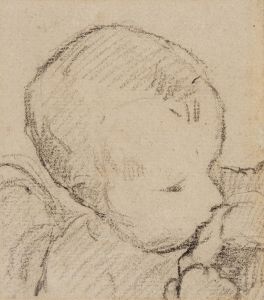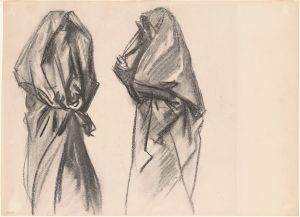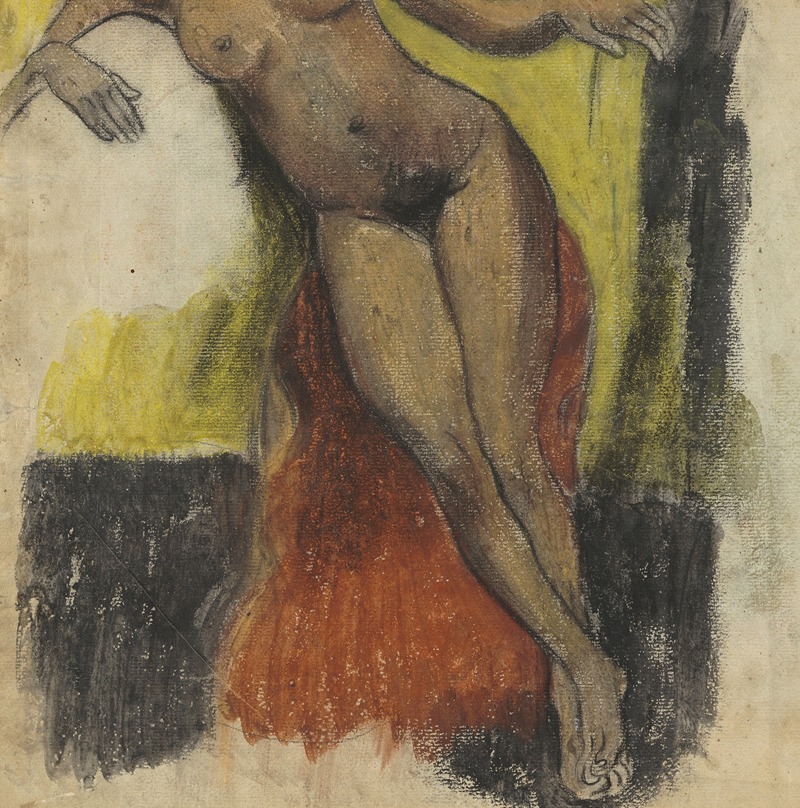
Study for Aita tamari vahine Judith te parari
A hand-painted replica of Paul Gauguin’s masterpiece Study for Aita tamari vahine Judith te parari, meticulously crafted by professional artists to capture the true essence of the original. Each piece is created with museum-quality canvas and rare mineral pigments, carefully painted by experienced artists with delicate brushstrokes and rich, layered colors to perfectly recreate the texture of the original artwork. Unlike machine-printed reproductions, this hand-painted version brings the painting to life, infused with the artist’s emotions and skill in every stroke. Whether for personal collection or home decoration, it instantly elevates the artistic atmosphere of any space.
Paul Gauguin's Study for Aita tamari vahine Judith te parari is a preparatory work created by the French Post-Impressionist artist during his time in Polynesia. Gauguin, known for his bold use of color and symbolic imagery, spent significant periods in Tahiti and the Marquesas Islands, where he sought inspiration from the local culture, landscapes, and people. This study is associated with his broader exploration of themes related to Polynesian life, mythology, and spirituality.
The title of the work, Aita tamari vahine Judith te parari, incorporates Tahitian language, reflecting Gauguin's immersion in the culture and his attempt to integrate local elements into his art. The phrase "Aita tamari vahine" can be translated as "There is no woman-child," while "Judith te parari" may reference the biblical figure Judith, though its exact interpretation remains unclear. Gauguin often combined Western religious or mythological references with Polynesian motifs, creating a unique fusion of cultural elements in his works.
As a study, this piece likely served as a preliminary exploration for a larger or more finished composition. Gauguin frequently created sketches and studies to experiment with composition, color, and form before completing his final works. These preparatory pieces provide valuable insight into his creative process and the development of his ideas.
Gauguin's time in Polynesia was marked by a complex relationship with the local culture. While he sought to depict what he perceived as an unspoiled, idyllic way of life, his works have also been critiqued for their romanticized and often stereotypical portrayal of Polynesian people and customs. Nonetheless, his art from this period remains significant for its innovative approach to color, form, and symbolism, which influenced later modernist movements.
The exact details of Study for Aita tamari vahine Judith te parari—such as its medium, dimensions, and current location—are not widely documented. However, like many of Gauguin's works, it likely reflects his distinctive style, characterized by flattened forms, bold outlines, and a vibrant color palette.
This study is part of Gauguin's broader body of work that continues to be studied and appreciated for its artistic innovation, while also prompting discussions about cultural representation and appropriation in art.





